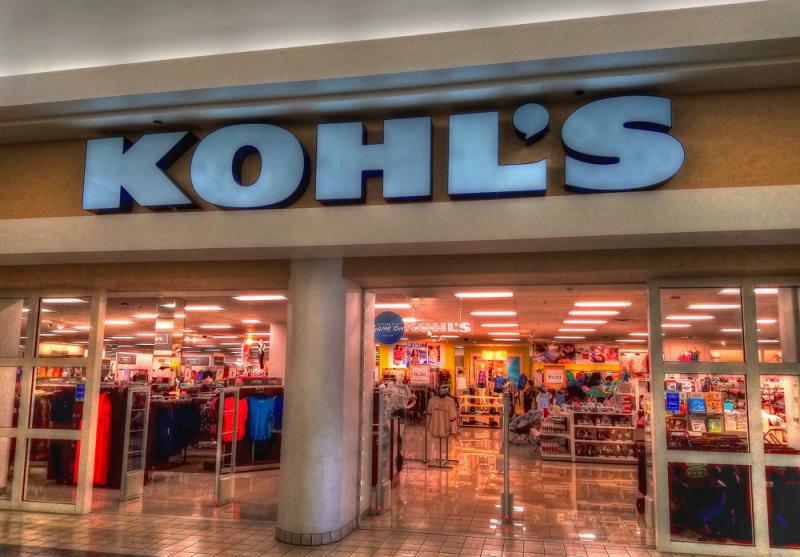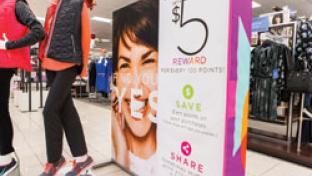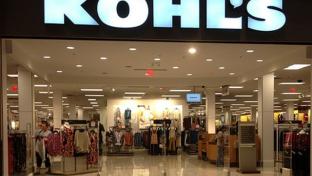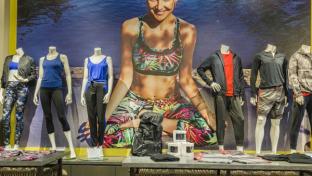How Kohl's Turns Customer Insights Into Bottom-Line Results
When it announced that it would begin carrying Under Armour products, Kohl’s grabbed headlines. But how did that partnership come about?
It all started with 400,000 failed customer searches on kohls.com for the athletic brand’s apparel, footwear and accessories.
Using data and analytics to identify that gap in the Kohl’s assortment was a smart way to expand the business, Sarah Rasmussen, the retailer’s vice president of digital merchandising, analytics and optimization, explained at Shop.org last month.
And for a company “not known for speed to market,” Rasmussen said Kohl’s rapid expansion of the successful Lauren Conrad line into maternity, plus sizes, handbags and swim signals how powerful retail data — and listening to your customer — can be when turned into actionable insights.
Why customers shop online
Customer satisfaction is 15 percent higher for those shopping online versus in store, due in large part to the ease of finding the right product on the web coupled with the greater product assortment — stores stock maybe 30 percent of what its e-commerce might carry online. Sixty cents of every dollar spent in brick-and-mortar stores starts online, said Jeff Simpson, managing director of Deloitte Consulting retail practice. And with every passing day, retailers are finding ways to making transacting online as frictionless as possible, inspired by leaders such as Amazon and its patent-pending one-click checkout.
But as customers routinely shop across channels, serving them intelligently in both is what will differentiate apparel retail leaders. If you know that she was browsing kohls.com an hour before, for example, an associate needs to greet her accordingly when she walks in — and maximize her intent to purchase.
Using data to your advantage
Apparel retailers that aren’t taking advantage of the proliferation of data and analytics companies such as Edited, Sprinklr or Blab — a predictive platform that helps companies offer products to consumers that their past purchases never would have indicated — are missing out on critical opportunities to uncover “where the customer’s head is,” Rasmussen noted.
Despite the conventional wisdom, there’s no better time to beta test that in Q4 — the all-important holiday shopping season, according to Rasmussen. And she should know. When Kohl’s discovered that consumers were unclear about pricing — did prices reflect her discounts? — Rasmussen’s team knew they needed to adjust their strategy and rolled out a beta test of the “Your Price” program in the fourth quarter last year, which shows customers personalized bottom-line costs based on their own tailored offers, eliminating any guesswork on their part. It was so successful that the retailer fast-tracked a full-scale implementation and CEO Kevin Mansell mentioned it in both the Q1 and Q2 earnings call, describing its “very positive impact on conversion and sales.”
Does search lead to sales?
Apparel retailers increasingly are finetuning their online experience to attract customer and search optimization is among priorities topping the list. By reviewing search data on their websites, retailers can uncover trends and opportunities. When the off-the-shoulder look exploded in spring and summer 2016, Rasmussen realized shoppers were searching kohls.com for those styles — but clicked away disappointed. “Kohl’s didn’t have the options to serve her,” she explained, noting that by summer 2016 the company had more than 100 of the trendy styles on offer.
Search also must consider the purchaser’s intent. If she searches on your site for “black dress,” do your results include irrelevant products such as “black dress shoes” and “black dress shirt?” Making the customer weed through products that are of no interest can be a major turnoff.
One mistake many retailers make is focusing on only one step of the total customer journey. From the customer’s viewpoint, search and findability tend to be one and the same, Rasmussen pointed out. Now that the customer knows you carry the dress she wants, are you helping her locate it when she visits your store? If she’s wandering endlessly and not finding what she’s looking for, her initial intent to purchase might just walk out the door with her.
As data accumulates across multiple touchpoints, leading retailers must move at warp speed to act on those insights and deliver the experiences customers expect.







